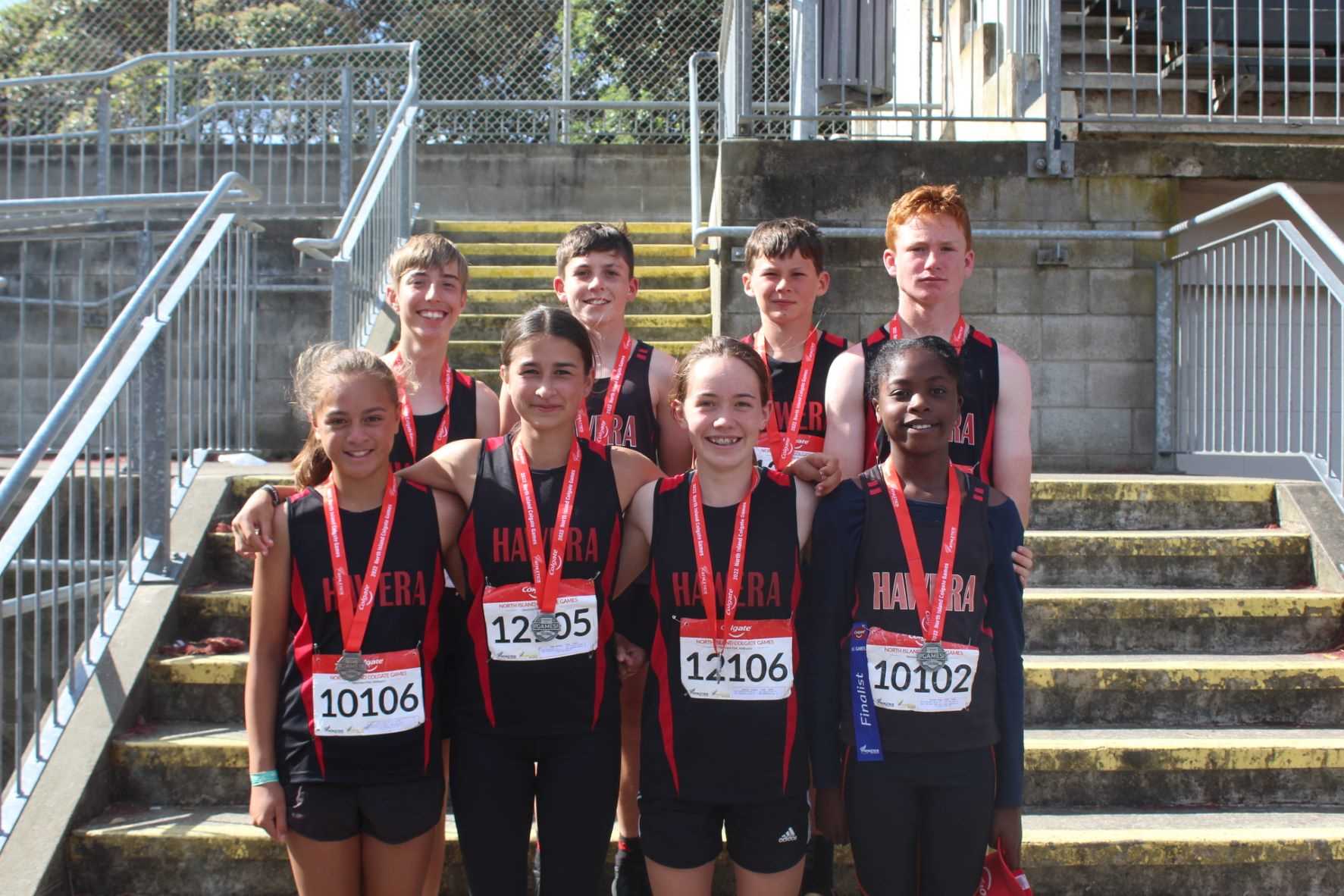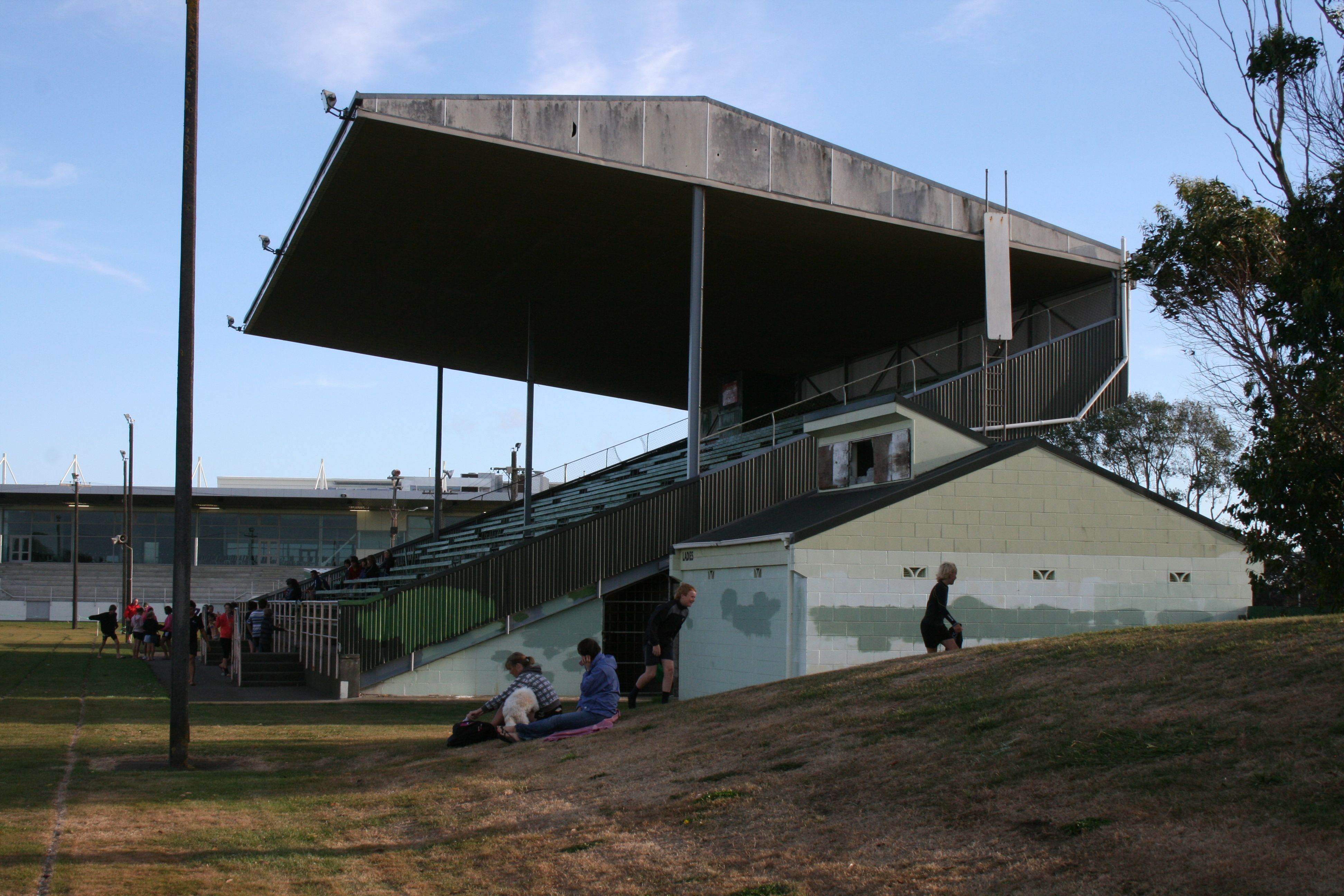
A short history on the club, on 15th December 1909 a meeting was held to establish a new Club, as the existing Athletics club in Hawera The Caledonia Society was a professional body and some Athletes wanted to belong to an amateur club, the first annual meeting was held 1st November 1910 with Mr H Halliwell elected President, where he spoke of fostering amateur sport and keeping it clean, with evening meetings commencing in December. In 1925 members of the Hawera Athletic Club including Stan Lay formed a rugby Club in town named the Athletic Rugby Club known as the ‘Bolshies’
In further research I came upon an interesting article about the involvement of women competing in athletics within New Zealand in the 1920’s and it read - This was a remit to the controlling body of NZ athletics in 1925. It was outvoted (thank goodness) and women athletics having fought to gain a foothold in the 1920s slowly consolidated their full participation in the NZ athletic championships. In 1930 the township of Hawera put on New Zealand’s first full scale women meet, including shot, discus and javelin. During the rest of that decade other events were gradually introduced until in 1939, at last, women were given their own NZ championship programme. However it was not nearly as comprehensive as the men’s championships, which began in 1888.
From this period Hawera was an important track within the lower half of the North Island with many West Coast North Island and New Zealand National events being held here, with the last major events being the successful Colgate games in 1985 and 1993.
Here is a brief outline of the many Athletes that have attained national and international honours from the Club and they include, Randolph Rose on the track late 1920’s New Zealand and Australian 1 & 3 mile events, Stan Lay who competed from 1927 to the 1950’s in the javelin where he broke the world record in 1928 with a throw of 222ft 9” (67.89m), Norman Read road walking with an Olympic gold medal in the 50 K road walk in 1960 all these three were inducted in to the New Zealand Sports Hall of Fame between 1990 and 1997, other athletes to mention are Ted O’Keefe 1962 Empire Games, Arnold Lloyd 1958-64 New Zealand junior and Senior walks placing’s, Paul Westfield 1962 gold medal New Zealand 20k walk, Karen Green 1978 gold medal New Zealand 400 metre hurdles, Kara Harrop 1984 Silver medal New Zealand walking and most recently Ed Fern New Zealand High Performance Jumps coach has coached the following athletes Regan Standing 2009 Men 19 New Zealand High Jump gold medal, Daniel Fake has competed at the World Youth, Oceania and New Zealand Championship and is currently a member of the Rio 2016 development squad and Zinzan Fern also at Oceania and New Zealand Championship in the jumps.
Another member of the Club Jim Hay left for the USA and made his name in the field of sports science and his findings are still practiced by many around the world today
Not only has the Club supplied Athletes it has also provided officials to many New Zealand National track and field meets and International events namely Commonwealth games in 1990 and the IPC World Championship this year in Christchurch
Some of the early history of the club from its founding until the early 1950’ has been difficult to gather as records have either been either stored in peoples houses and lost or destroyed, so it has been good to see past members loan the Club some of their memorabilia for display this weekend, thanks to you all.
Out on the table there is a book that the Club would like you to write down some of your memories that you have of your time spent with the club and also some cards where you can leave your details if you wish the Club to send through regular updates on the Clubs activities.
Within the next 4-6 months we propose to have a booklet produced on the Club so if you know of any one who has any history on the club it would be most appreciated if it could be forwarded to the Club for inclusion
Also there are some newspapers that contain and article about the 100-year celebrations that you may take home with you, and I would like to acknowledge all those sponsors that came on board and supported the Club in the feature, no doubt is was the most talked about article the previous week when the paper duplicated the article on both pages
One thing that I have noted in discussions with ex members of the Club is the pride that they have when they see the black and red Hawera Singlet, this shows the proud tradition that the Hawera Athletics Club has and still holds with past members.
It was interesting to hear the origins of the red stripe on the Singlet last night told by Alan Linn to some, this was due to the fact that with the Singlet being fully black it did not stand out in the torso area and as Alan was always getting a second placing even though he was convinced he was first, so he got his mother to sew a red band on which was later moved as the official Singlet colour, so Alan did the red band help?
Up until the mid 1990’s the shorts had a red stripe on them which was removed due to numerous times at competitions when athletes were being disqualified for incorrect uniform, Glenys can tell you about many times when she had red insulation tape as the main item on hand when she was a team manager to enable the uniform to comply
So enjoy the rest of the evening and reflect on the proud achievements that this Club has attained over the last 100 years and wish it all the best into the future, and thank you all for attending to help celebrate what is a great occasion for the Club to reach 100 years in providing Athletics to the Hawera area.
President
Yarrows Hawera Athletics
Hawera Star 100 Year Club Feature March 2011:
Click Here
Click Here

 Admin Login
Admin Login